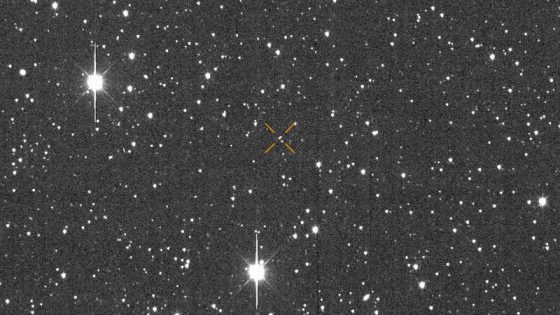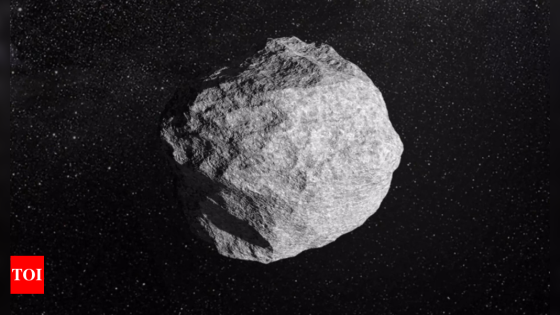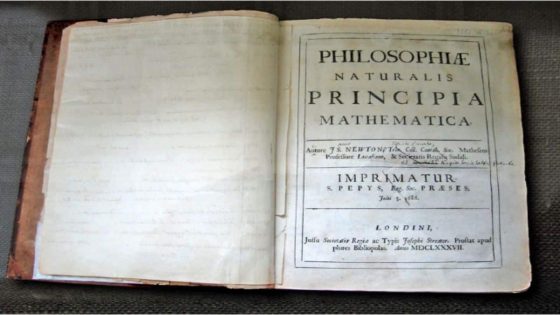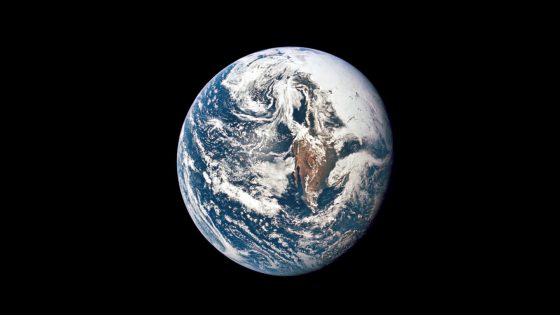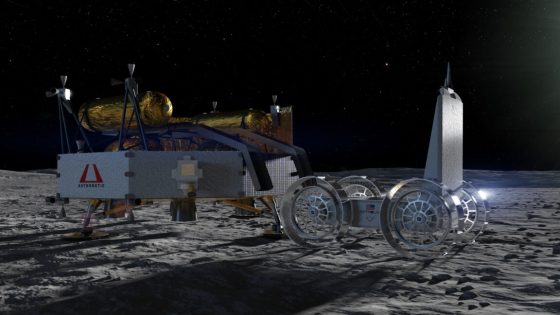Asteroid 2024 YR4, once considered a potential threat to Earth, now has nearly zero chances of impacting our planet in 2032. As of February 2025, NASA and the European Space Agency report that the risk has dramatically decreased, raising questions about how we assess asteroid threats.
- Asteroid 2024 YR4's impact risk significantly reduced.
- NASA estimates 0.0017% chance of collision.
- Torino Scale rating dropped to zero.
- Astronomers' observations improved trajectory calculations.
- Apophis previously held higher risk assessment.
- James Webb Space Telescope to observe 2024 YR4.
Asteroid 2024 YR4: A Near Miss for Earth in 2032
What if an asteroid was on a collision course with Earth? Fortunately, asteroid 2024 YR4 is not one of them. Initially identified as a significant threat, new calculations show that the asteroid poses little risk, allowing scientists and the public to breathe a sigh of relief.
Understanding the Risk Assessment of Asteroid 2024 YR4
The asteroid, first detected on December 27, 2024, was initially rated with a 3 on the Torino Scale, indicating a notable risk. However, continuous observations have refined its trajectory, leading to a re-evaluation of its potential impact.
- Current risk of impact is 0.0017% in December 2032.
- Observations have moved the asteroid’s trajectory away from Earth.
- Asteroid 2024 YR4 is 131 to 295 feet wide, comparable to a large building.
- Ongoing monitoring ensures the asteroid poses no future risk.
How Astronomers Reduced the Risk of Asteroid 2024 YR4
A team of astronomers worked diligently to gather data from various telescopes worldwide. Their efforts have significantly improved our understanding of the asteroid’s path, leading to a more accurate risk assessment. This collaborative approach is crucial for planetary defense.
The Torino Scale: What It Means for Asteroid Threats
The Torino Scale is a tool used to categorize the risk posed by near-Earth objects. Asteroid 2024 YR4 recently dropped to a 0 on this scale, indicating that the likelihood of collision is effectively zero. This scale helps scientists communicate risks to the public.
In conclusion, the swift reduction of asteroid 2024 YR4’s threat showcases the power of modern astronomy and international cooperation. As we continue to monitor our cosmic neighborhood, we can feel more secure knowing that experts are on the lookout for potential hazards.



